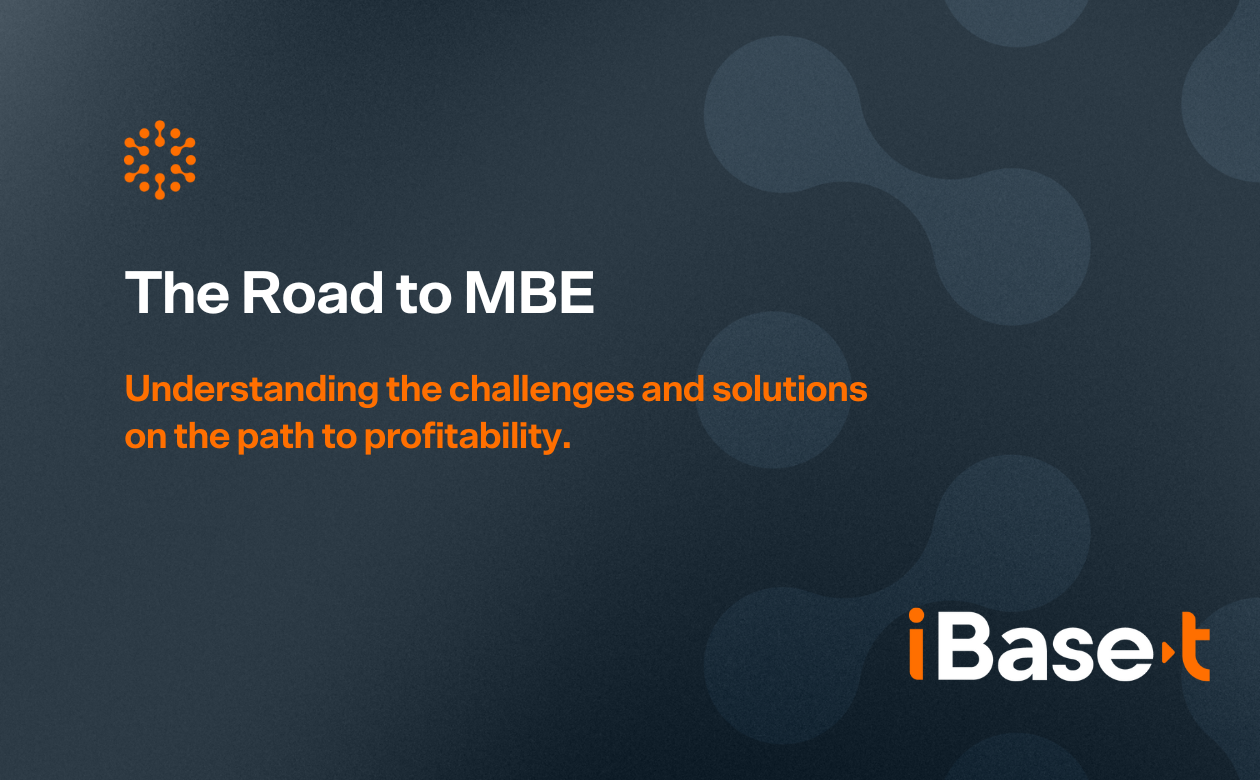Information is as vast as it is fast-evolving, making the need for accurate, accessible, and adaptable data more pressing than ever. The complex discrete manufacturing industry, with its intricate processes and systems, is no stranger to these challenges. This is where the concept of a model-based enterprise (MBE) comes into play as a practical approach to dealing with the demands of the competitive manufacturing landscape.
A model-based enterprise is a fully digitalized organization that uses 3D models and complete associated data for all activities at every point along a product’s lifetime, eliminating the traditional barriers of communication and collaboration between parties and departments. The result is an organization with greatly improved quality, velocity, and efficiency across all of its operations.
But while MBE has revolutionary benefits, it’s really more of an evolution. MBE takes the concept of model-based design and extends it past the engineering department to the entire company, including production processes, supply chains, and more. This reduces misunderstandings that arise from 2D drawings, eliminates unnecessary paperwork, enhances collaboration, and most importantly, ensures that all stakeholders in the manufacturing process work from the same data source.
In this blog, we will explore the road to MBE, focusing on what this transformation entails– both its potentials and challenges.
It Starts with Paperless Operations
MBE journeys begin with the transition to paperless operations, which for manufacturers means an MES platform for the factory. While it’s only the first step on the journey, MES improves your business in many ways. Digital documents are easier to create, store, and retrieve than paper, saving time and resources. Digital tools provide better tracking and reduce the likelihood of human error. With paperless operations, you have seamless sharing of information across departments and even across geographical locations. Plus, reduced paper usage is environmentally responsible and often leads to cost-savings in material and storage.
Transitioning from familiar paper methods to digital tools is a big step but very manageable, especially if you work with vendors that have a lot of experience. It requires training and cultural shifts within the organization. It also requires integration with other systems. In particular, manufacturers need to integrate MES with their ERP and PLM systems so that paperless operations can extend throughout the enterprise. Cybercrime continues to grow more sophisticated, meaning digital documents need proper security measures to prevent unauthorized access or loss of sensitive data. Working alongside trusted partners is key to success during the transition to paperless operations.
Going paperless is a significant milestone and worthwhile in its own right, but it’s really just the beginning of the journey towards MBE. It lays the groundwork by introducing digital capabilities but does not yet harness the full potential of a model-based approach.
Toward Fully Digital Manufacturing
Fully digital manufacturing is defined by several key attributes. It includes digital design and simulation, predicting the performance and potential flaws of products before physical production even starts. It also encompasses automated smart factories that allow real-time monitoring and control of manufacturing processes. This allows for full supply chain integration and creates a digital network to seamlessly coordinate with suppliers. Another key aspect is quality assurance automation, where AI and machine learning are leveraged to predict, identify, and correct quality issues.
A Deloitte Industry Outlook statement noted the growing importance of digital manufacturing, stating: “Manufacturers have increased their digital investment over the past few years and accelerated the adoption of emerging technologies. Companies with higher digital maturity have shown greater resilience, as did those that accelerated digitization during the pandemic. Continued investments in advanced manufacturing technologies can help develop the required agility.”
The move to fully digital manufacturing is exciting but demands a grounded perspective. It requires strategic planning, investment, and skilled workforce development, backed by a clear understanding of how these technologies align with the organization’s goals and values.
The Horizon: Model-Based Enterprise
After navigating the transformation from paper-based systems to fully digital manufacturing, the journey isn’t over. On the horizon is the Model-Based Enterprise (MBE). This is where the benefits truly unfold, offering new challenges and opportunities.
According to a report by Mordor Intelligence, “the Model-based Enterprise Market size is expected to grow from USD 16.62 billion in 2023 to USD 35.04 billion by 2028, at a CAGR of 16.09% during the forecast period (2023-2028).”
Unlike simple digital systems, MBE 3D models aren’t merely a visual representation. They encompass every detail, from materials and processes to performance standards and compliance requirements. MBE enables instant updates and access across departments and locations, ensuring a harmonized approach where changes can be implemented without delays or misunderstandings. MBE supports on-the-fly adjustments to products and processes, a vital capability in today’s market where consumer expectations and industry standards are in constant flux.
Needless to say, implementing MBE is not a plug-and-play operation. It requires careful integration with existing systems and demands robust data management to prevent confusion or overload. Employees must understand and embrace the new approach, and this may entail extensive training and support.
Think of it is a continuous journey that demands ongoing adaptation, innovation, and vigilance. Organizations that recognize this, and approach MBE with a commitment to understanding its depth and breadth, are positioning themselves for future success.
How Will Your Business Be Empowered?
MBE can seem a long way off, but in reality, it’s an actionable and immediate path that industries are undertaking today. In fact, many of iBase-t’s customers are already considering or implementing a model-based enterprise.
MBE provides a coordinated approach that improves collaboration, accelerates decision-making, and streamlines the entire manufacturing process. This translates into higher quality products, less rework, and more satisfied customers. Employees are empowered with the information and tools they need, encouraging innovation and continuous improvement.
The rewards are tangible and significant, and they’re within reach for those who approach this transformation with understanding, planning, and a no-nonsense attitude.





